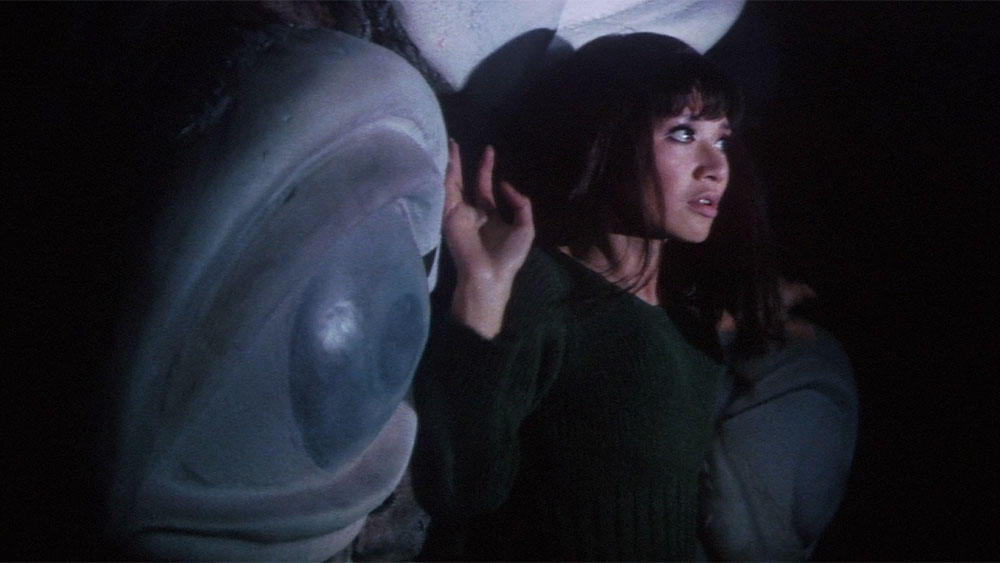The proliferation of mass media during the mid-twentieth century saw the advent of a society of spectacle and simulation. “All that was once directly lived,” writes the French theorist Guy Debord in 1967’s The Society of the Spectacle, “has become mere representation.” Debord was particularly concerned with how the ambitions of the technological and sexual movements of the1960s to establish authentic connection and liberation were undermined and subjugated by their false image, a decline of being into appearing. And, he was confounded by the fact that the decade that saw the widespread introduction of push-button phones, supercomputers, video games, and more abstract concepts, like the World Wide Web and free love, had not connected people but instead left them feeling disillusioned and alone. Released in 1969, Yasuzo Masumura’s Blind Beast is a film both of and ahead of its time. The film investigates the tyranny of the image and the human inclination toward, and beyond, the limits of stimulation.
Blind Beast follows Aki Shima, a model for an avant-garde artist who makes her infamous after he photographs her in a series of masochistic poses. In the photos, her contorted body is clothed in nothing more than whips and chains—a statue of her sits at the center of the exhibition space, naked and relaxed. One morning, Aki stumbles on a blind man groping the sculpture. As he touches it, she feels his touch on her own skin. Days later, when she calls for a home massage, the man disguises himself as a masseuse so that he can feel her flesh. “If it doesn’t hurt, it doesn’t please me,” she tells him, goading him to press harder. He then chloroforms her, abducts her, and brings her to his home. He confesses that he is a sculptor determined to create the perfect statue in her image. After numerous failed attempts to escape his vast, cavernous studio, Aki resigns to her circumstance. Eventually, the pair begin a sybaritic game of pain as pleasure, one that sees Aki embody the same poses that she did in her original photographs—images that bleed into life, life that bleeds into death.
With minimal lighting and production design, Masumura transposes the overwhelming stimulation of 1960s media’s audio-visual systems to the sensation of touch, demonstrating how an overemphasis on one sensation leads to a disequilibrium that, alongside atrophying our other senses, also sacrifices our sanity. It is Aki, rather than her captor, who initiates their sadomasochistic dance. As her insatiable desire for tactical stimulation grows, the disuse of her sight eventually renders her blind. In the darkened warehouse, her fixation on touch—her primary source of discernment—becomes disorienting, totalizing, and fatal. Aki’s descent into blindness is not painless; her and her blind lover experience a deep agony entwined with profound exaltation. One cannot exist without the other in the sensual calculus that begins to tear their bodies apart.
In the film’s finale, Aki narrates that like jellyfish, insects, and other unthinking animals, “those who venture to the edge of such worlds [of extreme sensation] can expect only a dark, dank death to envelop them.” Masumura’s take on our addiction to sensory stimulation distills how the modern pursuit of constant excitement is primal, equal parts painful and pleasing. Despite this, we go on damned and delighted, amusing ourselves to death.
Blind Beast screens Wednesday, May 22, at the Drafthouse New Mission.
Previously:
Blind Beast screens this evening, March 11, and on March 14, at Film Forum on a 35mm print as part of the series “Japanese Horror.”




